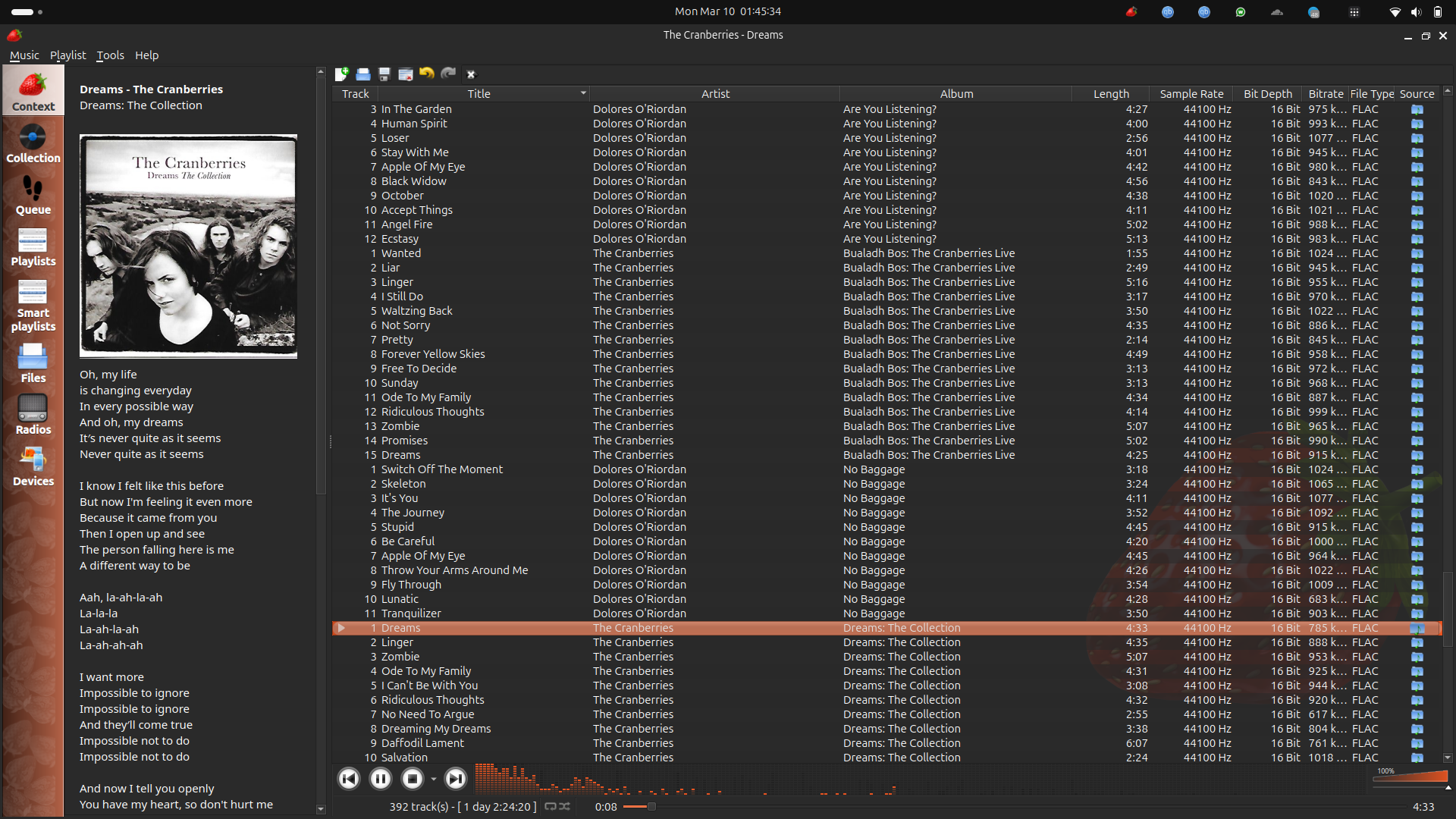MP3 vs. FLAC: Understanding Bit Depth, Bitrate, and Audio Quality
MP3 vs. FLAC: Understanding Bit Depth, Bitrate, and Audio Quality
When it comes to digital audio formats, MP3 and FLAC are two of the most commonly discussed. Both serve different purposes, with MP3 prioritizing compression and small file sizes, while FLAC offers lossless quality. But what do bit depth and bitrate mean in these formats? Let’s dive in.
MP3: The Compressed, Lossy Format
MP3 (MPEG-1 Audio Layer 3) is a lossy audio format, meaning it reduces file size by discarding certain audio data that is deemed less perceptible to the human ear. This compression makes MP3 files much smaller but at the cost of audio fidelity.
Bitrate in MP3
MP3 files are defined by their bitrate, which determines how much data is used per second of audio. The most common MP3 bitrates include:
- 64 kbps – 96 kbps: Low quality, suitable for voice recordings.
- 128 kbps – 160 kbps: Standard quality, often used for streaming.
- 192 kbps – 256 kbps: High quality, a good balance between size and quality.
- 320 kbps: Near CD-quality, the highest MP3 bitrate available.
Bit Depth in MP3
MP3 does not have a fixed bit depth like uncompressed formats. Instead, it is typically derived from the original file (e.g., 16-bit or 24-bit PCM audio), but the compression process removes that fixed-depth concept.
FLAC: The Lossless Audio Format

FLAC (Free Lossless Audio Codec) is a lossless format, meaning it compresses audio without losing any quality. Unlike MP3, FLAC preserves the original waveform exactly, making it ideal for audiophiles and archival purposes.
Bit Depth in FLAC
FLAC supports fixed bit depths, typically:
- 16-bit (CD quality)
- 24-bit (Studio quality)
- 32-bit (Less common but supported)
The bit depth in FLAC is retained from the original source. If you encode a 16-bit WAV file to FLAC, the FLAC file will also be 16-bit.
Bitrate in FLAC
FLAC does not have a fixed bitrate because it depends on the complexity of the audio and the level of compression. However, FLAC files typically range from 400 kbps to over 1000 kbps for CD-quality audio, significantly higher than MP3.
MP3 vs. FLAC: Which One Should You Choose?
The choice between MP3 and FLAC depends on your needs:
- Choose MP3 if you want small file sizes for portability and streaming.
- Choose FLAC if you want high-quality, lossless audio for archiving or audiophile listening.
While MP3 is widely compatible with all devices, FLAC is better suited for music enthusiasts who value sound quality over storage space.
Conclusion
MP3 and FLAC each have their place in digital audio. MP3 is optimized for convenience, while FLAC ensures maximum quality. Understanding the differences in bit depth and bitrate helps you choose the right format for your needs. Whether you’re streaming, archiving, or enjoying high-fidelity music, selecting the appropriate format will enhance your listening experience.







Post Comment